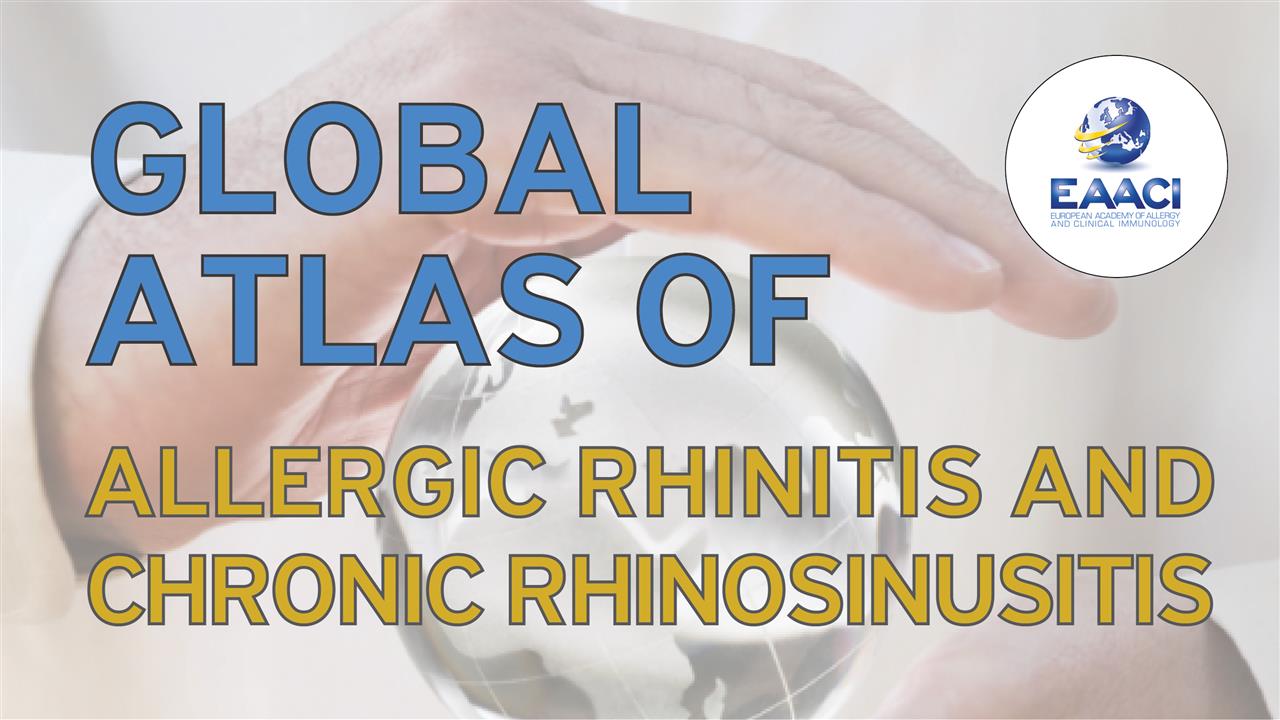Global Atlas of Allergic Rhinitis and Chronic Rhinosinusitis
Global Atlas of Allergic Rhinitis and Chronic Rhinosinusitis
The World Health Organization declares chronic respiratory diseases as one of the 4 major health problems of mankind. Allergic rhinitis (AR) and chronic rhinosinusitis (CRS) affect more than 30% of the population worldwide. The socio-economic impact of chronic upper airway diseases is estimated in Europe at more than 150 billion Euros annually. Unmet needs in the field of AR and CRS can be identified in several domains: education, research, development and clinical care. In addition, the huge socioeconomic burden of AR and CRS on health care systems is expected to substantially increase in the future, warranting new policies in healthcare at the global and national level. To tackle the huge global health problem of chronic upper airway inflammation, the EAACI decided to develop the “Global Atlas of Allergic Rhinitis and Chronic Rhinosinusitis” as a follow-up of the “Global Atlas of Allergy” and “Global Atlas of Asthma” which were launched in 2013 and 2014, had a huge success worldwide, and are currently translated into several languages. With this Atlas, EAACI and the authors aim to increase awareness of the global epidemic and the burden of chronic inflammatory upper airway diseases and to bring to global attention the need to be recognised as a main concern in national health strategies; to reinforce the role of early diagnosis and treatment, education and prevention in a structured management strategy; to reveal their priority for research; to provide guidance on how to overcome barriers; to expand the existing programs and tools and explore innovative solutions for a comprehensive global management approach.
The EAACI Global Atlas of Allergic Rhinitis and Chronic Rhinosinusitis contains 154 chapters written by 218 authors with 269 illustrations and 92 tables. It is developed as a desktop reference for multisectoral usage covering all aspects of AR and CRS from epidemiology, risk factors and molecular and cellular mechanisms to their management, clinical features and co-morbidities, diagnosis, treatment, prevention and control. In addition, the Atlas will offer an educational tool and a desktop reference for medical students, allied health workers, primary care physicians, pharmacists, the medical industry, policymakers, patient organisations and specialists dealing with AR and CRS. We would like to thank all of the authors for their contributions.
